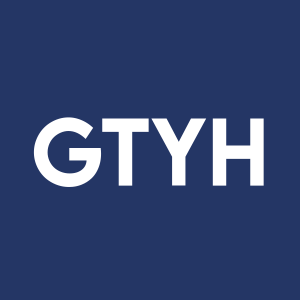Bonfire Celebrates 10 Years of Public Procurement Innovation
Leader in public sector eProcurement has helped hundreds of public agencies source strategically and digitize at scale in the past decade
Since the company’s launch in 2012, Bonfire has amassed a total of 481,361 global users, including buyers, evaluators, and vendors. Clients have run 81,900 projects and managed
The digital revolution of public procurement has not only improved processes, but also increased the value of procurement departments to enable strategic, higher-order decision-making. Today hundreds of public sector agencies rely on Bonfire to manage their competitive bid processes and support seamless collaboration, secure information sharing, efficient workflows, and regulatory compliance for public procurement teams.
“Over 10 years, Bonfire has grown from a startup to a leader in the eProcurement space,” said Bonfire CEO
Over the last decade, the platform has also played a key role in dramatically reducing environmental impact and driving digitization in public procurement, transitioning tens of thousands of bid competitions from print to digital formats. Since 2012, vendors have uploaded over 155 million pages of proposal documents to the platform.
“We’re incredibly proud of how Bonfire has grown, and the company’s unwavering commitment to customer service over the past decade,” said TJ Parass, CEO of GTY. “Throughout the pandemic, Bonfire has helped connect agencies and citizens to essential goods and services they needed most, including vaccines, PPE, cleaning supplies and more. We’re confident that Bonfire will continue to scale and provide the public sector with valuable eProcurement solutions long into the future.”
To celebrate the company’s tenth anniversary and the customers who have made it possible, Bonfire announced the launch of the Bonfire Procurement Awards. The new awards program highlights public procurement professionals who excel, innovate, and showcase excellence in strategic sourcing. Nominations are open until
About
About
Forward-Looking Statements
This release includes “forward-looking statements” within the meaning of the “safe harbor” provisions of the Private Securities Litigation Reform Act of 1995. The company’s actual results may differ from its expectations, estimates and projections and, consequently, you should not rely on these forward-looking statements as predictions of future events. Words such as “expect,” “estimate,” “project,” “budget,” “forecast,” “anticipate,” “intend,” “plan,” “may,” “will,” “could,” “should,” “believes,” “predicts,” “potential,” “continue” and similar expressions are intended to identify such forward-looking statements. These forward-looking statements include, without limitation, the company’s expectations with respect to future performance. These forward-looking statements involve significant risks and uncertainties that could cause the actual results to differ materially from the expected results. Most of these factors are outside of the company’s control and are difficult to predict. Factors that may cause such differences include, but are not limited to: (1) the impact of public health crises, epidemics and pandemics such as the COVID-19 pandemic on our operations, our customers and the economy, including the duration, spread and severity of such crises, and variants, vaccinations, treatments, testing and recurrences; (2) the costs of acquisitions and the risk that the ongoing integration of the businesses acquired in our business combination and any subsequent acquisitions disrupts current plans and operations; (3) our ability to fully recognize the anticipated benefits of the business combination and any subsequent acquisitions, which may be affected by, among other things, competition and the ability of the combined company to grow and manage growth profitably; (4) our ability to attract, retain, and motivate key employees and, if they depart, to recruit, hire, and motivate replacements with comparable or better knowledge, skills and abilities; (5) our failure to generate sufficient cash flow from our business to make payments on our debt; (6) our ability to raise or borrow additional funds on acceptable terms; (7) changes in applicable laws or regulations and the adoption of new accounting standards, statements and interpretations; (8) legal proceedings and investigations that could harm our business, including those relating to former special purpose acquisition companies; (9) the possibility that the company may be adversely affected by other economic, business or competitive factors, including inflation; and (10) other risks and uncertainties included in our Annual Report on Form 10-K for the year ended
View source version on businesswire.com: https://www.businesswire.com/news/home/20220601005423/en/
Media:
kate@helloalloy.com
240-630-2653
Source:







